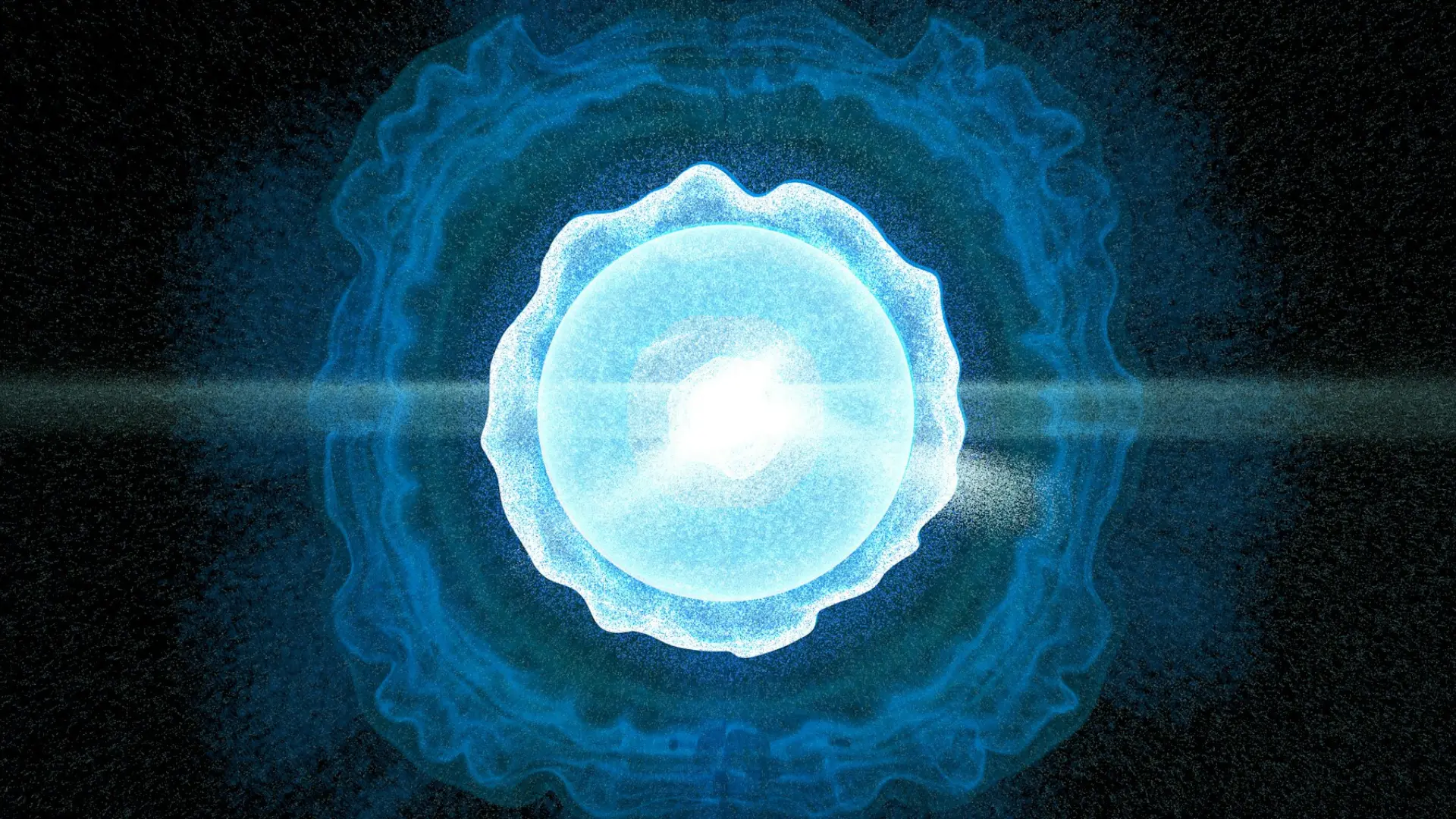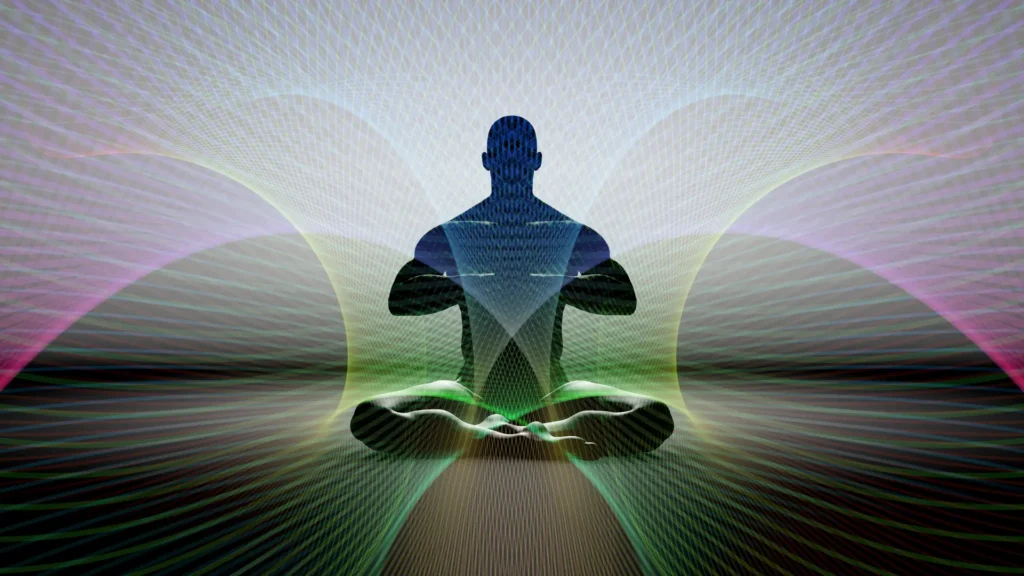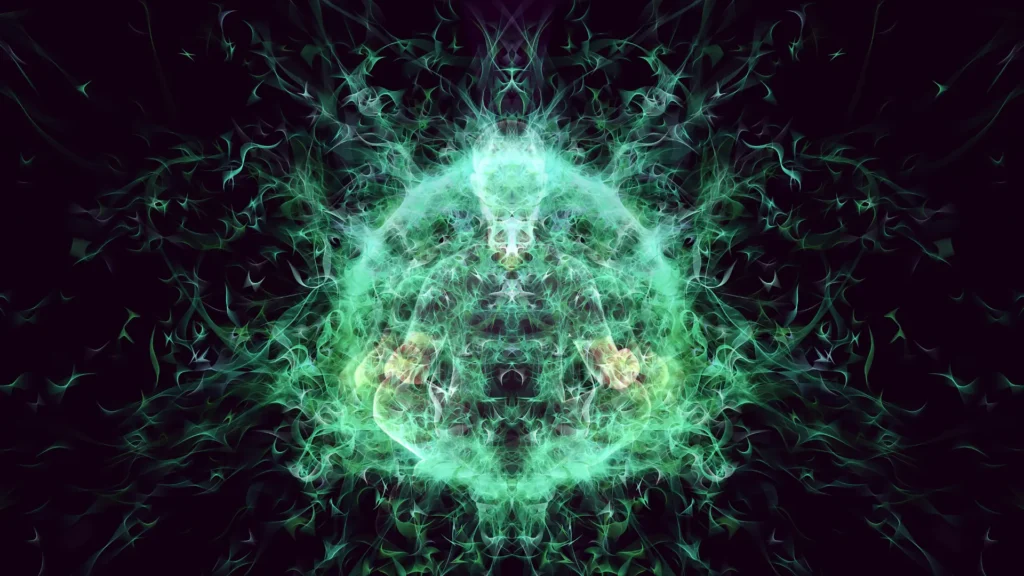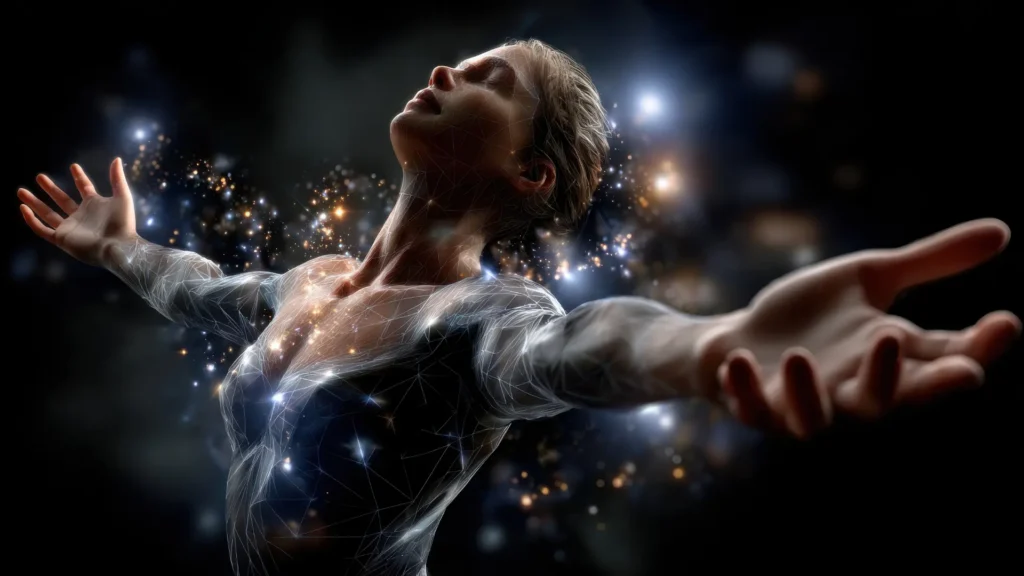Reiki’s mechanism of action is understood via a holistic, spiritual framework that perceives the human being as a complete system of energy. The practice operates on principles that have been part of healing traditions for millennia, focusing on the restoration of natural harmony within this energetic system.
The Principle of Channeling
The foundational principle of Reiki is channeling. A Reiki practitioner does not use their own personal Ki or life force; doing so would be draining and ineffective. Instead, through a process of attunement from a Reiki Master-Teacher, the practitioner’s own energy channels are opened and aligned, allowing them to act as a clear and passive conduit for Ki – the Universal Life Force Energy. This energy is considered to possess its own innate intelligence. The practitioner simply places their hands and allows the energy to be drawn by the recipient’s body, flowing automatically to the areas where it is most needed to restore balance.
Aura and Chakras
Reiki works directly with the body’s subtle energetic anatomy. This includes the aura, which is the multi-layered biofield of energy that surrounds and permeates the physical body, acting as its energetic blueprint. Within this field are the chakras, which are the primary energy centers, or vortexes, that govern the flow of Ki to different parts of the body and correspond to major nerve plexuses and endocrine glands. Physical illness, stress, and emotional trauma are understood to manifest as blockages or imbalances in the aura and chakras. Reiki energy works by cleansing these blockages and restoring the harmonious spin of the chakras, thus promoting a free and balanced flow of energy throughout the entire system.
The Role of the Healer
In the Reiki framework, the practitioner is not the “healer” but rather a facilitator of healing. Their primary role is to get their own ego and personality out of the way, maintain a state of meditative presence, and become the clearest possible channel for the energy to flow through. The true healing is performed by the Reiki energy itself, in concert with the recipient’s own innate self-healing capacity. The special role of the Reiki Master-Teacher is to act as a guardian of the tradition’s lineage. They are not only practitioners but are also qualified to perform the sacred attunement rituals that open the channel for new students to practice Reiki.
The Power of Focused Intent
A core principle in all energy work is that Ki energy follows thoughts. While the universal energy of Reiki is inherently intelligent, the practitioner’s focused and compassionate intent can significantly amplify and direct the healing process. This is not about forceful willing but about holding a clear, loving, and supportive space for the highest good of the recipient. The sacred symbols used in many Reiki systems are a tangible application of this principle. By drawing or visualizing a symbol and invoking its name, the practitioner uses a powerful key to focus their intent for a specific purpose, such as amplifying the energy flow, promoting emotional harmony, or sending healing across a distance.
Reiki Benefits
When the flow of Ki is restored and the energetic system is balanced, the body’s natural healing mechanisms are activated. This cascades into a variety of tangible benefits. The most immediate effect is a state of deep relaxation, which shifts the autonomic nervous system from a state of stress (“fight-or-flight”) to one of healing (“rest-and-digest”). This process helps to relieve stress and chronic muscle tension. By clearing stagnant emotional energy from the aura and chakras, Reiki promotes emotional equilibrium and a sense of peace. The ultimate result is a greater feeling of mind-body balance, clarity, and overall well-being.



